John Hurrell – 16 February, 2021
Richter’s much reproduced iconic image is photorealist and preoccupied with light, pattern and texture as a delicate means of expressing attentive paternal love. Rubin’s version takes it in another direction. It is much looser (in photographed hair treatment and painted marks) and not fetishistic as perhaps might be expected.
Auckland
Gideon Rubin
We Thought It Was Heaven Tomorrow
4 February - 13 March 2021
London-based Israeli painter Gideon Rubin is currently presenting a collection of head and clothed figure images at Fox Jensen McCrory, accomplished oil paintings that demonstrate tight chromatic and tonal control—in the typically restrained ‘English’ manner that is the opposite of highly saturated ‘Pacific Light’ colour.
Rubin likes to work from found magazine photographs, and the most prevalent motif (four times) is that of a young woman with her hair in a bun or ponytail, with her head facing away from the artist. Rubin is clearly inspired by Gerhard Richter’s famous painting of his daughter, Betty, 1988.
Richter’s much reproduced iconic image is photorealist and preoccupied with light, pattern and texture as a delicate means of expressing attentive paternal love. Rubin’s version takes it in another direction. It is much looser (in photographed hair treatment and painted marks) and not fetishistic as perhaps might be expected. Paint as applied substance is accentuated, the rendered hair—as depicted content—not being a living entity or organ substitute. The materiality of oil paint, the methodology, is what is being celebrated; the joy of positioning and manipulating carefully chosen viscous pigments; the pleasure also of linking up simple shapes through juxtaposition.
Among the smaller paintings, there are some lovely old fashioned (intimate) works that are often reminiscent of Vuillard or Renoir, or even early Woollaston. The codification of feeling is usually done through tactile surfaces and planar nuance. For example, White Tote (2020) and Father and Son (2019) utilise thin liquid paint, the former revelling in the infusing textures of dark vertical dribbles—creating (via staining) a different mood from the more vigorously linear head /hair studies that use thicker paint and highlight the brush as linear tool.
This is a traditional show that escapes being stuffy. It nods to the western history of painting and embraces pleasure through the delights of image construction: its process. Some might argue it thrives on voyeurism but I think that is a mistake that marginalises the artisanal; the prolonged skilled labour in the atelier. It ignores the psychological dynamics of making (something separate from looking—I know that is contentious) and the urgent necessities of manuality: through meticulous daubing, the doing.
John Hurrell
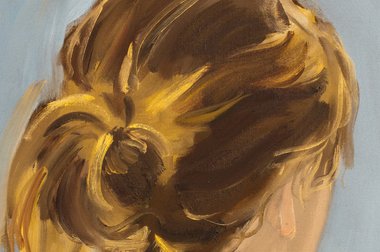
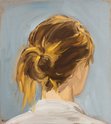
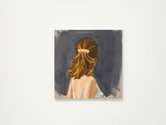
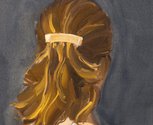
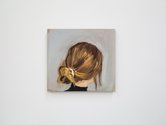
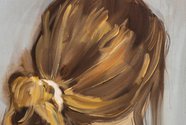

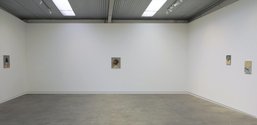
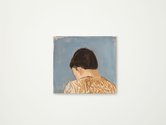
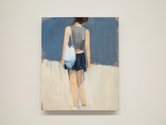
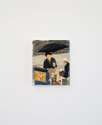
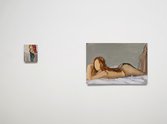
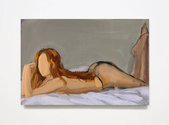
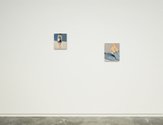
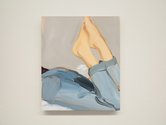

 Two Rooms presents a program of residencies and projects
Two Rooms presents a program of residencies and projects Advertising in this column
Advertising in this column



This Discussion has 0 comments.
Comment
Participate
Register to Participate.
Sign in
Sign in to an existing account.